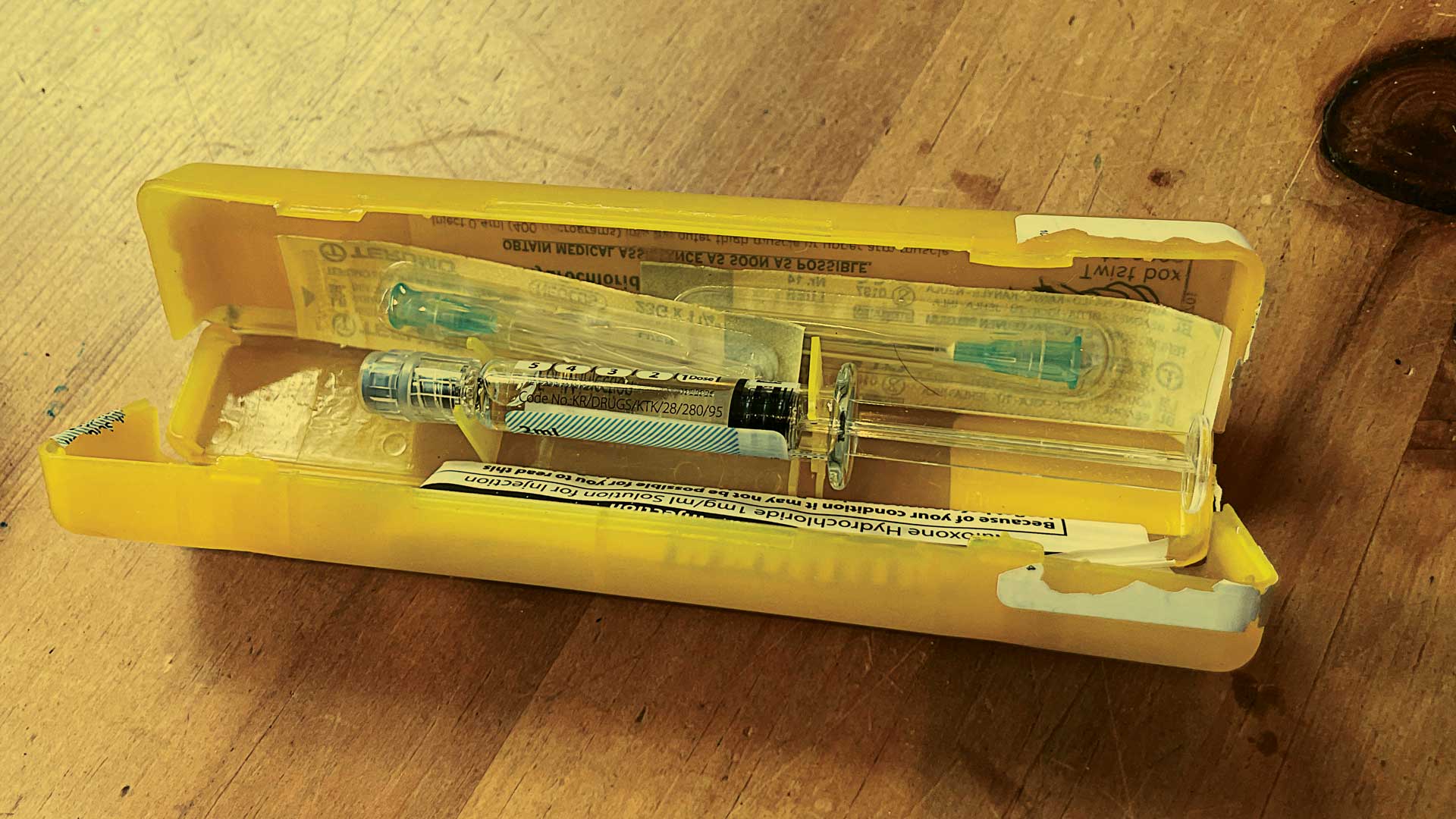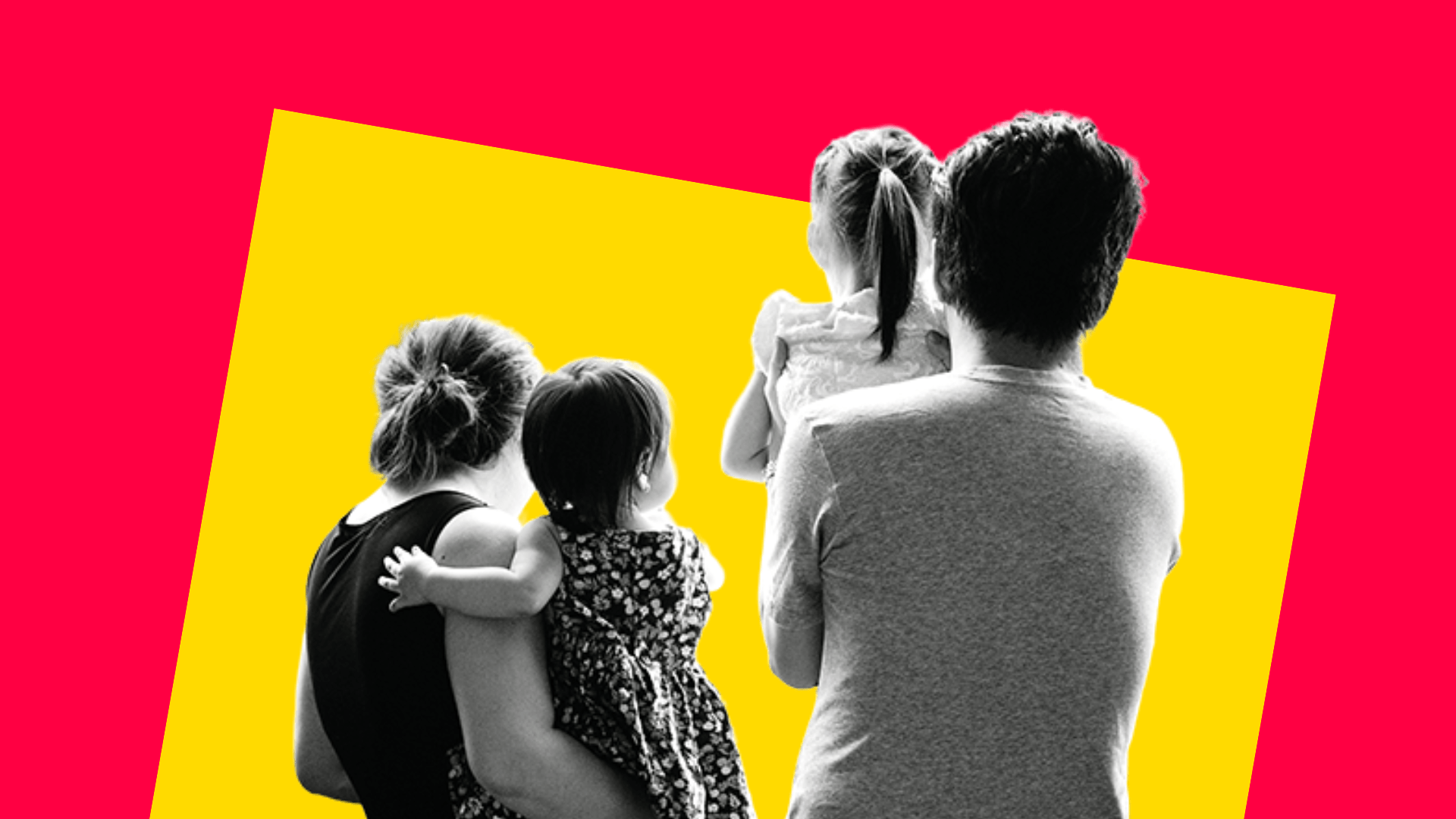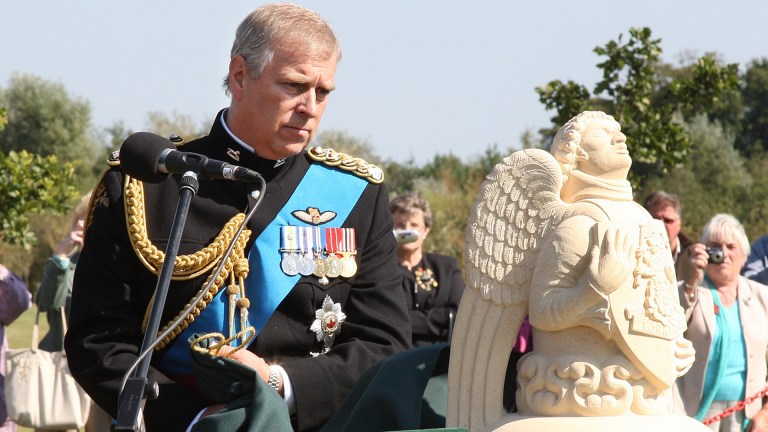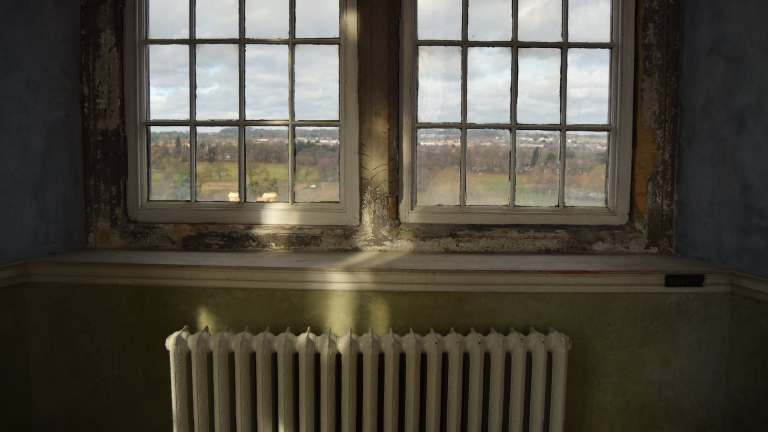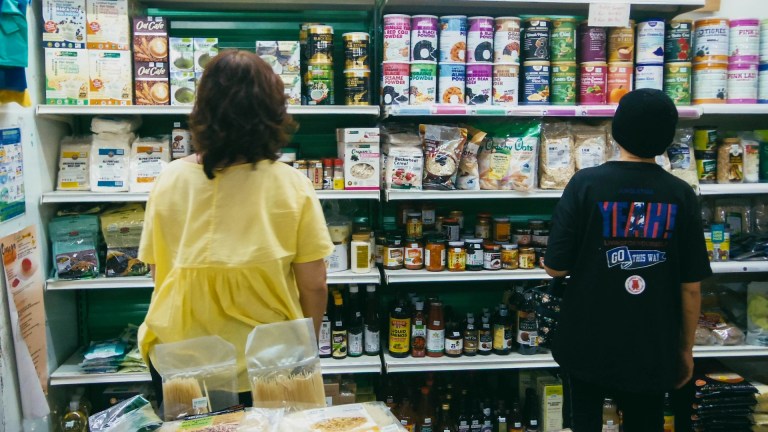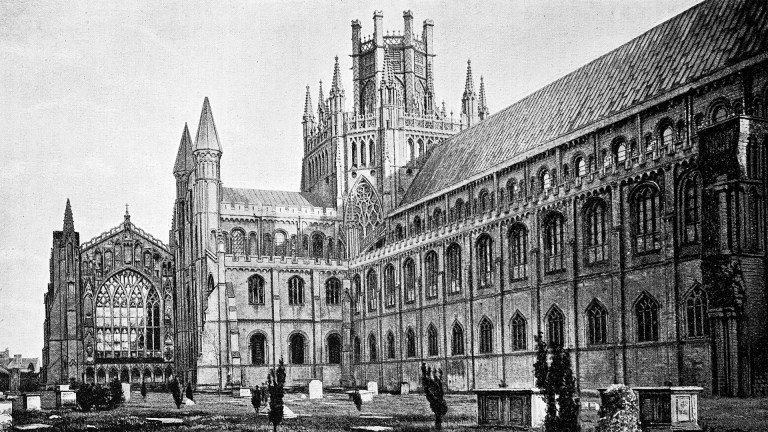200 years ago, Sir Robert Peel laid the foundations of modern policing which are still in place today. Peel’s nine principles include policing by consent and to prevent crime through impartial service. An equally vital mission was that to protect and preserve life.
Two centuries on, those principles still guide how the police earn their legitimacy in our communities. Yet, in a rapidly changing landscape, where drug-related harm is rising, with the likes of nitazenes, synthetic opioids which can be hundreds of times stronger than heroin on our streets, the police also need to effectively be equipped to keep people safe.
It’s clear in my sector, at an organisation which provides drug and alcohol services to communities across the UK, that preserving life must mean that as many people as possible, especially those in public facing roles, carry naloxone.
Read more:
- I was homeless and an addict as a teen. I hope my life can help people have a little more empathy
- Inside the UK’s first drugs consumption room – and how it can save lives amid soaring drug deaths
- Meet the only scientist who knows just how bad the UK’s drug deaths crisis truly is
Naloxone is a remarkably effective medicine used to treat the effects of an opioid overdose and prevent death. It is relatively cheap, easy to administer and has few associated risks. Police are often the first responders to incidents of overdose and most police forces have officers who carry the life-saving medication.
Police officers carrying naloxone has saved lives and helped to build much needed trust between communities and people who use drugs and police. It was alarming to read in Big Issue that Greater Manchester and Suffolk police forces state that they did not have plans to equip their officers with naloxone.
